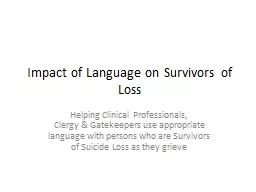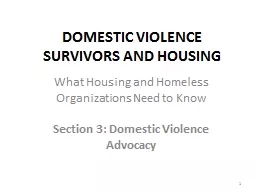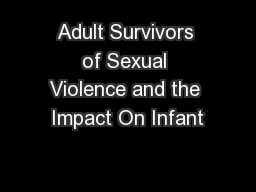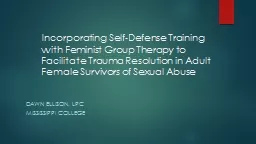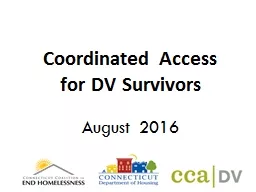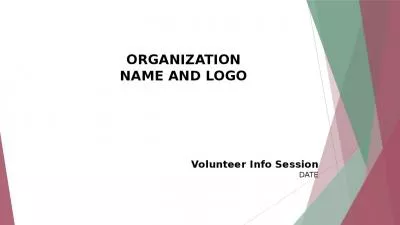PPT-Impact of Language on Survivors of
Author : faustina-dinatale | Published Date : 2016-12-23
Loss Helping Clinical Professionals Clergy amp Gatekeepers use appropriate language with persons who are Survivors of Suicide Loss as they grieve What to Say How
Presentation Embed Code
Download Presentation
Download Presentation The PPT/PDF document "Impact of Language on Survivors of" is the property of its rightful owner. Permission is granted to download and print the materials on this website for personal, non-commercial use only, and to display it on your personal computer provided you do not modify the materials and that you retain all copyright notices contained in the materials. By downloading content from our website, you accept the terms of this agreement.
Impact of Language on Survivors of: Transcript
Download Rules Of Document
"Impact of Language on Survivors of"The content belongs to its owner. You may download and print it for personal use, without modification, and keep all copyright notices. By downloading, you agree to these terms.
Related Documents

